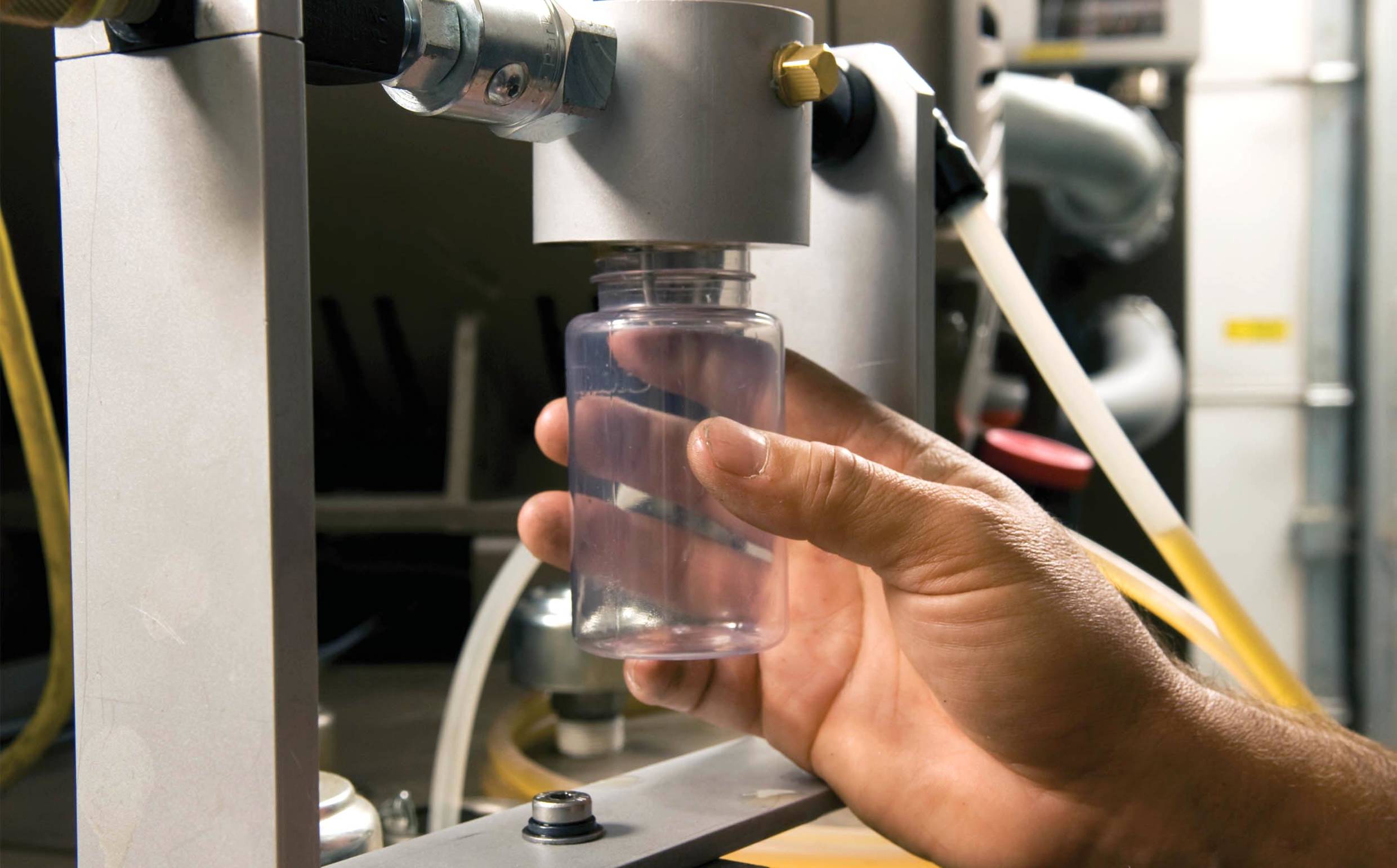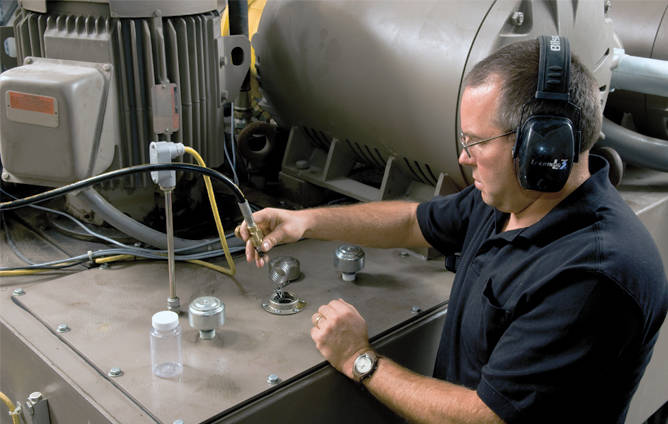
Test systems run at higher pressures and higher temperatures than many other hydraulic systems, so they are harder on hydraulic fluid, and most oil analysis services do not take these harsher operating conditions into account. MTS’ fluid analysis parameters are more stringent and include elements not often found in other analysis services, like the nitration test (see why below). We want to make sure that potential problems that may be missed with other analysis services can be addressed. Here’s what we measure:
ISO CLEANLINESS TRENDS
Our ISO cleanliness measurement identifies contaminants by size, but not by composition or mass. The MTS control limits for ISO cleanliness are set specifically for servohydraulic test equipment that operates at much higher pressures, and in harsher environments than typical commercial-grade hydraulic systems.
CONTAMINANTS & WEAR METALS
This parameter identifies contaminants by mass and composition, but not by size. The rate and stability of shedding metals is diagnostic and predictive to the health of system subcomponents, such as servovalves. The data from this measurement parameter lets you know when to intervene to protect system and component health.
ADDITIVE DEPLETION LEVELS
Additives protect hydraulic fluid, but high-pressure, close tolerance servovalves operating at higher frequencies can “slice” base oil and additive molecules apart during operation. When these additives are depleted, your system has less protection against fluid breakdown and abrupt system failure.
WATER CONTENT PERCENTAGE
Water can cause emulsions to form and lead to corrosion. More than a trace of water may be an early warning of a failing heat exchanger or ingestion of water through air breathers. The water volume measurement, when combined with the data gained from other tests, provides an indication of fluid condition.
FLUID VISCOSITY & AGE TRENDING
Viscosity is the most important property of the lubricant itself. Changes in viscosity affect the ability to form the essential lubricating film for the test machine and indicate poor fluid condition due to aging. Fluid aging is accelerated by operating at higher temperatures, presence of even trace water, fluid contaminants and additive depletions.
VARNISH / SILT / SLUDGE / OXIDATION
Operating at persistent elevated temperatures and in the presence of trace water contributes to accelerated fluid breakdown reflected in high oxidation, nitration or suspended silt particulate. MTS Fluid Analysis measures all these elements. The nitration test, which predicts varnish deposit potential, is rarely found in other fluid analysis solutions. The UC (ultracentrifuge) test detects contaminants less than 0.5 microns that can cause premature filter plugging and erratic valve operation. These tests alert you to the potential formation of sludge, silt, lacquers, and various other hard and soft gummy surface deposits that will damage test equipment.

